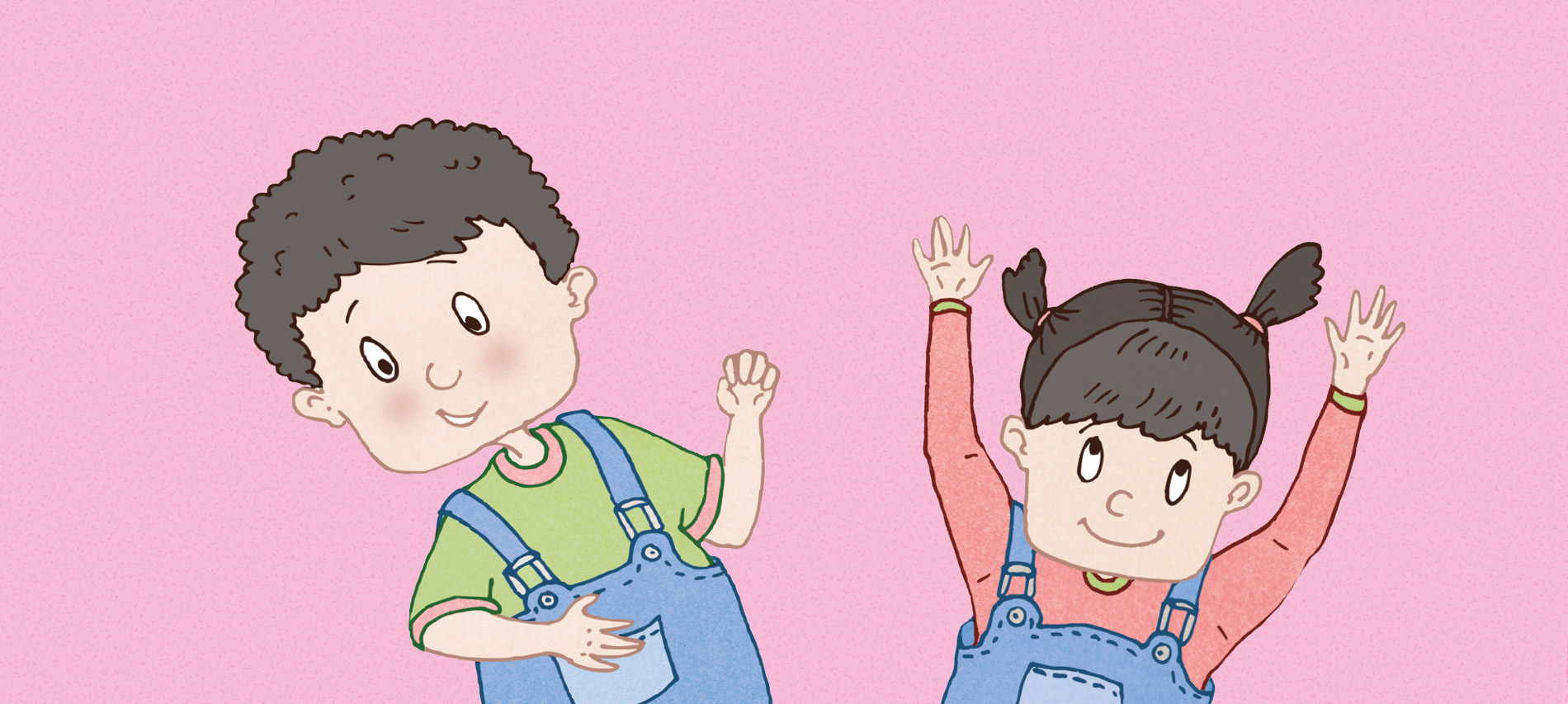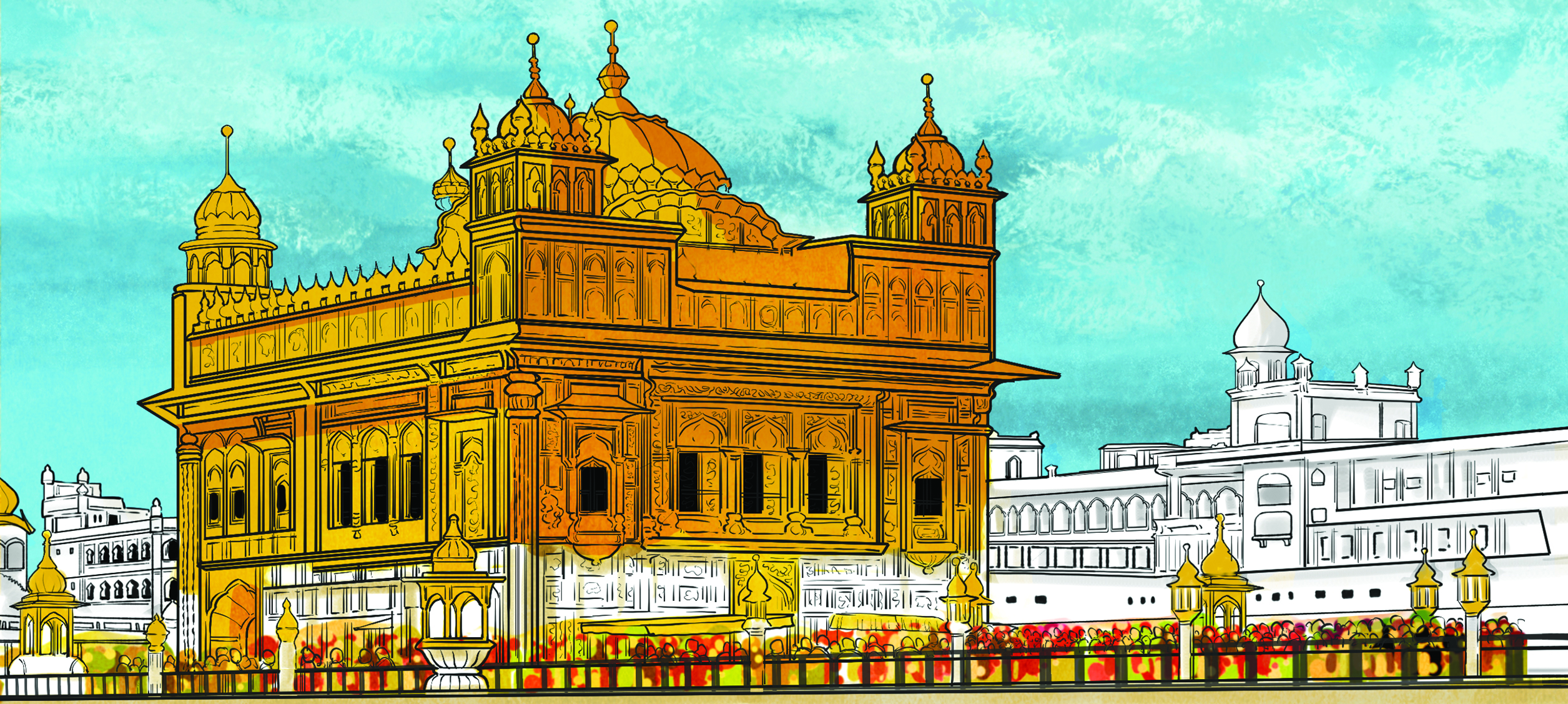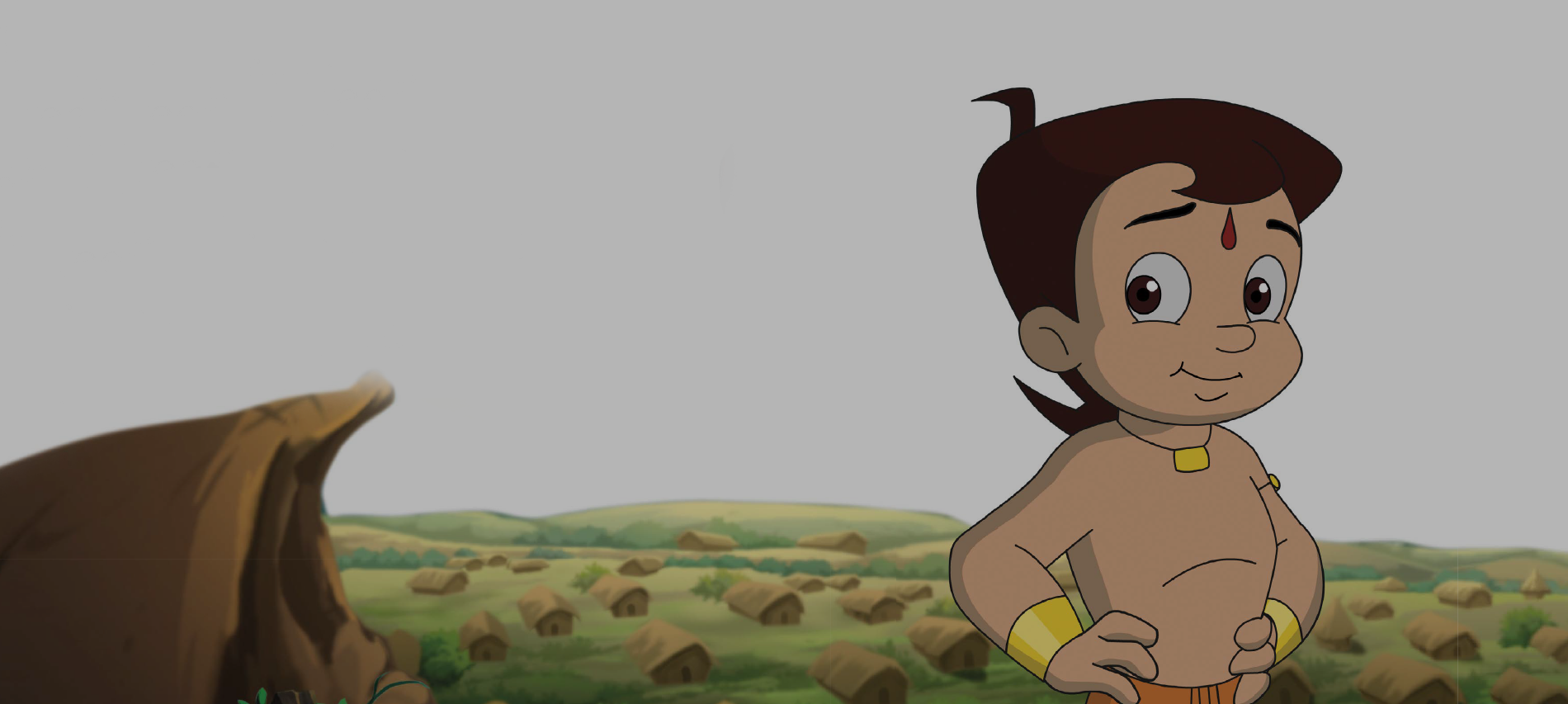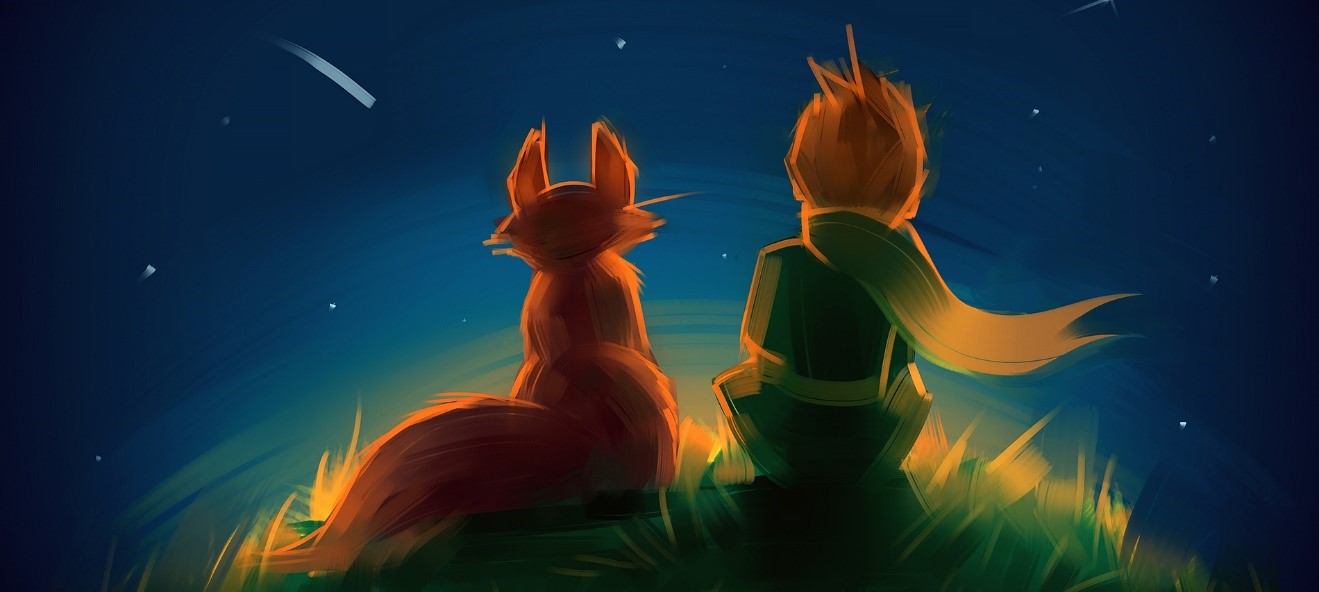Meet Nicky and Noni — the uber cool twins from author Sonia Mehta’s new series of books for children — ‘My Book of Values’.
Like any kid, Nicky and Noni too love to engage in fun activities. But as kids, they get into trouble too.
Nicky and Noni now know that learning good values can be very cool. It can be fun, and super engaging!
Do you want to meet them?

Dear Moms and Dads,
Would you believe that your little one is already old enough to take small decisions by herself or himself? There will be a hundred tiny things that happen to them during the day, where they have to act in a certain way, take small calls and make their own judgement. This then is the right time to prepare and give them that sense of right and wrong that we all grew up with.
But it needs to be done subtly. Today’s child isn’t up to lectures and threats. This is the purpose of this series. Being able to differentiate right from wrong and good from bad, building a strong value system, learning to accept consequences—all through relatable stories and fun activities.
Nicky and Noni are typical twenty-first-century kids. Smart, communicative and alert, they know how to get their way. But as they go about their lives, they encounter situations and challenges during which their value system is tested.
Using Nicky and Noni as protagonists, and with activities that make your child think and apply certain concepts, the series highlights the importance of key values and how they make a difference in life.
We’ve tried to make the series fun and engaging while communicating a single message: that in today’s time, BEING GOOD IS COOL.
Find out what new lesson Nicky and Noni learnt today! Grab your copy of ‘My Book of Values’ by Sonia Mehta now!

Tag: children’s books
It’s Nicky and Noni’s Birthday! But Why Aren’t They Happy?: ‘Being Grateful is Cool’ — An Excerpt
Sonia Mehta’s new series of books for children — My Book of Values, explores why having values is not just important, but totally cool!
In Being Grateful is Cool, the author shows us why it’s essential to learn the meaning of gratefulness and acknowledge the kindness of others.
But on Nicky and Noni’s birthday, something seems to be amiss…is it gratefulness? Let’s find out!



 Do Nicky and Noni learn how cool it is to be grateful? Find out with Being Grateful is Cool today!
Do Nicky and Noni learn how cool it is to be grateful? Find out with Being Grateful is Cool today!

Why Should Every Child Know the Story of Auggie Pullman?
The answer to that question is rather simple. It is because August ‘Auggie’ Pullman’s story teaches one about the importance of kindness, and how kindness is the only way one can stand up to bullies.
R. J. Palacio’s novel, Wonder, is a moving tale of how young August Pullman battles some of life’s most cruel adversities from a very young age with the simplest of weapons — kindness and love.
Here are a few times Palacio’s novel reminded us as to why it’s kindness that keeps the world going.
Sometimes, one needs to walk that extra mile.

The difference between being friendly and being a friend.

Kindness is a choice one has to make, not a quality one is born with.

The world could always do with a little more kindness.

Learn more about August’s extraordinary journey as he leaves home for the first time in his life to go to school in fifth grade. All August wants now is to be treated like an ordinary child. But what makes him extraordinary? Grab your copy today and find out!

A ‘Great Tragedy’: ‘Raymie Nightingale’ — An Excerpt
‘Raymie Nightingale’, by Kate DiCamillo, is a beautiful story of friendships born in a storm. As Raymie realised that everything in her world depends on her, she finds herself competing with her close friends and coping with loss and grief. What emerges as a result are everlasting bonds of friendship that change their lives forever.
Here’s an excerpt from the novel.
There were three of them, three girls.
They were standing side by side.
They were standing to attention.
And then the girl in the pink dress, the one who was standing right next to Raymie, let out a sob and said, “The more I think about it, the more terrified I am. I am too terrified to go on!”
The girl clutched her baton to her chest and dropped to her knees.
Raymie stared at her in wonder and admiration.
She herself often felt too terrified to go on, but she had never admitted it out loud.
The girl in the pink dress moaned and toppled over sideways.
Her eyes fluttered closed. She was silent. And then she opened her eyes very wide and shouted, “Archie, I’m sorry! I’m sorry I betrayed you!”
She closed her eyes again. Her mouth fell open.
Raymie had never seen or heard anything like it.
“I’m sorry,” Raymie whispered. “I betrayed you.”
For some reason, the words seemed worth repeating.
“Stop this nonsense immediately,” said Ida Nee.
Ida Nee was the baton-twirling instructor. Even though she was old – fifty at least – her hair was an extremely bright yellow. She wore white boots that came all the way up to her knees.
“I’m not kidding,” said Ida Nee. Raymie believed her.
Ida Nee didn’t seem like much of a kidder.
The sun was way, way up in the sky, and the whole thing was like high noon in a Western. But it was not a Western; it was baton-twirling lessons at Ida Nee’s house in Ida Nee’s backyard.
It was the summer of 1975.
It was the fifth day of June.
And two days before, on the third day of June, Raymie Clarke’s father had run away with a woman who was a dental hygienist.
Hey, diddle, diddle, the dish ran away with the spoon.
Those were the words that went through Raymie’s head every time she thought about her father and the dental hygienist.
But she did not say the words out loud any more because Raymie’s mother was very upset, and talking about dishes and spoons running away together was not appropriate.
It was actually a great tragedy, what had happened.
That was what Raymie’s mother said.
“This is a great tragedy,” said Raymie’s mother.
“Quit reciting nursery rhymes.”
It was a great tragedy because Raymie’s father had disgraced himself.
It was also a great tragedy because Raymie was now fatherless.
The thought of that – the fact of it – that she, Raymie Clarke, was without a father, made a small, sharp pain shoot through Raymie’s heart every time she considered it.
Sometimes the pain in her heart made her feel too terrified to go on. Sometimes it made her want to drop to her knees.
But then she would remember that she had a plan.
Join Raymie on her quest to find her father, order your copy today!

‘The Story of Ravana, Ram or Sita?’: ‘The Girl Who Chose’ — An Excerpt
India’s favourite mythologist Devdutt Pattanaik’s ‘The Girl Who Chose’ brings a fresh perspective to what we have commonly known of the Ramayana — the story of Ram.
However, it has largely gone unnoticed that it was the choices that Sita had made which becomes the pivot for the Ramayana.
Here’s an excerpt from Devdutt Pattanaik’s book telling us why the story of Sita is at the heart of all that happens in the epic.
“Once upon a time, there was a man called Ravana, also known as Paulatsya—being the descendent of Rishi Pulatsya from his mother’s side. He was king of Lanka and ruler of the rakshasas, who tricked a princess called Sita, dragged her out of her house in the forest and made her prisoner in his palace. He was killed by Sita’s husband, Ram, the sun-prince. This story is called the Pulatsya Vadham, or the killing of the descendent of Pulatsya.
The story of Ravana’s killing is part of a longer tale called the Ramayana, which tells the story of Ram from his birth to his death. However, in the din of Ravana’s cruelty and Ram’s valour, something is often overlooked—the story of Sita, the girl who chose.
Valmiki, author of the Ramayana, written over 2000 years ago, tells us how Sita is different from Ram and Ravana. Ravana does not care for other people’s choices, while Ram never makes a choice as, being the eldest son of a royal family, he is always expected to follow the rules. But Sita—she makes five choices. And had Sita not made these choices, the story of Ram would have been very different indeed. That is why Valmiki sometimes refers to the Ramayana as the Sita Charitam, the story of Sita.
Do you know what were the choices that Sita had made? Grab a copy and find out now!
Stepping Into the Golden Temple: ‘Amma, Take Me to the Golden Temple’ — An Excerpt
Bhakti Mathur’s ‘Amma, Take Me to the Golden Temple’, is a fascinating guide through the rich history and architecture of the magnificent Darbar Sahib in Amrtisar.
As Amma takes her children, Shiv and Veer, through the corridors of the temple, following the stories of all the Sikh Gurus and getting a taste of the langar from the world’s biggest kitchen, we immediately wish we would be transported to the Golden Temple with them!
Before you get ready for your trip to the Golden Temple with your children, here’s a glimpse of the grandeur you’re about to witness!
It was well before the sun woke up. Amma and the two boys walked barefoot in the darkness across the vast courtyard. Amma cajoled the children with quiet words of encouragement. ‘Just a little bit more, Shiv.’ And a few steps later, ‘We are almost there, Veer.’ The boys, half asleep and too tired to protest, stumbled along, holding on tightly to Amma’s hands. What had seemed like a great idea the evening before—getting up early to meet a 400-year-old guru who lived in a floating temple made of gold—wasn’t looking so grand now!
‘Here we are!’ announced Amma. They had finally reached the magnificent arched gateway that led to the temple complex. The boys got a jolt as they stepped into the shallow pool of cold water meant to cleanse one’s feet before entering the holy grounds beyond. Shiv rubbed his eyes to check that he wasn’t still warm in his bed, dreaming. A Sikh man with a long black beard and wearing a blue tunic stood guard, towering over them, holding a tall spear in one hand.
‘Veer, look!’ Shiv whispered loudly. His brother was doing exactly that, staring at the impressive figure of the guard, as he too rubbed the sleep from his eyes. White teeth peeked from under the guard’s thick moustache as he offered a broad welcoming smile to the boys. They smiled back, relieved at the display of friendliness.
‘Come along now,’ urged Amma, her heart beginning to beat quickly. She gently pushed the boys across the wide threshold of the massive doorway. They stopped. Straight ahead, in the middle of a large lake, brilliantly lit and bright against the background of the dark sky, stood an elegant domed square structure seemingly carved out of solid gold. There it was. The Golden Temple of Amritsar!
Lost for words, the three took in the wondrous sight for a few long moments. A f lock of pigeons flew off their perch atop the shiny dome of the temple and the sound off lapping wings broke their trance. Amma, Shiv and Veer started walking down a f light of steps, taking in their magnificent surroundings. The temple stood in the middle of a square shaped lake, bordered on all four sides by a wide walkway of tiled marble. A narrow causeway connected the temple to the walkway. An array of buildings, shrines and monuments of different shapes and sizes, with minarets and domes rising above them, enclosed the complex.
They stepped on to the walkway and the marble felt soothingly cool under their bare feet. There was a smattering of people around. Some sat quietly by the water’s edge, moved by the soul-stirring calmness of the beauty surrounding them. Some prayed with their foreheads touching the ground or simply with their hands folded. Some were busy at work, sweeping the night’s accumulation of dust and dirt from the black-and-white marble f loor, while others still lay asleep, wrapped in light cotton blankets.
Soothing hymns sounded softly from loudspeakers attached to the walls along the edge of the walkway. Even though Shiv and Veer did not understand the words, the simplicity of the music stirred them. The loud sound of drumbeats came rolling from one part of the temple complex. Fully awake now, Shiv and Veer ran in the direction of the drums and it was now Amma’s turn to try and keep up with them. Where the drumbeats were coming from, a crowd had gathered in front of a multi-storeyed building made of white marble with brightly lit golden domes topping its roof.
‘This is the Akal Takht, the timeless throne,’ Amma told them.
In the middle of the crowd stood a golden palki, a palanquin. Its walls were engraved with intricate designs and it was lined with red velvet on the inside. It was exquisite. As one group of people decorated it with strands of marigold and roses, another group made its way towards it from the Akal Takht. In their midst, a man with a long silver beard stood wearing a brightblue turban, a sword hanging from a cloth belt tied around his waist. On his head he carried, with great reverence, a bundle wrapped in white silk.
‘Is that the guru, Amma?’ Shiv asked, tugging at Amma’s dupatta. ‘Is he really 400 years old?’
Amma smiled mischievously and said, ‘Yes and no. Yes, that is the guru and it is indeed 400 years old. But if you are asking me whether that man is the guru, then no, he is not. That man is carrying the guru.’
‘What!’ Veer exclaimed. ‘What do you mean, he is carrying the guru?’
‘The bundle on his head is the guru. It is a book called the Guru Granth Sahib, a collection of hymns, poems and words of wisdom of the real gurus from their lifetime, and of other wise men from more than 400 years ago. The Sikhs consider this book to be their guru.’
Shiv and Veer looked at Amma as if they had been cheated.
‘Don’t look so disappointed, boys! There is a wonderful story about how this book came to be the guru and I will tell you about it later. Now, let’s not miss out on the ceremony!’
People were craning their necks to look above those in front of them for a glimpse of the precious bundle as it was being carefully placed inside the palki. Then a group of men lifted the palanquin. Others ran towards it, some to take turns at helping to carry it, others just to touch it. People showered rose petals on the bearers and a single chant arose from the crowd: ‘Wahe Guru! Wahe Guru! Wahe Guru!’ A long procession soon formed behind the palki, swallowing Amma, Shiv and Veer as they moved along with it.
Get ready for your child to guide you through the Golden Temple the next time you visit!
Coming soon — ‘Amma, Take Me to Tirupati’.

India: 70 Years of Independence
By Roshen Dalal
India celebrates 70 years of independence on 15 August, and we may wonder why this date is so important. A simple answer is that on this date in 1947, India gained freedom from almost 200 years of British rule. But further questions follow. What was wrong with British rule? How was it different from that of earlier invaders and settlers? Through the narrow passes and river valleys in the high mountains, India had seen many invasions from ancient times. Darius I (522-486 BCE)of Persia (Iran) included part of north-west India in his territories. Alexander, the Macedonian conquerer, too, came to the north-west in 336 BCE, but could not stay long. The Bactrian Greeks (from 200 BCE), the Parthians (1st century CE), Kushanas (1st to 3rd centuries CE), Indo-Sasanians (3rd -4th centuries CE), and Hunas (5th century CE), and were among other invaders. All of them set up kingdoms for short periods of time, and many were absorbed into Indian society. Later there were invasions from Ghazni and Ghur in the region of present Afghanistan, which led to the rule of the sultans. The sultans defended India against the invasions of the Mongols. The Mughal dynasty was then founded by Babur in 1526, who originated in the small kingdom of Farghana in Central Asia. There were other dynasties such as the Ahoms, who invaded the north-east of today’s India. But most of these who were once invaders, ruled parts of India much like other kings of the country. They collected and spent taxes here, constructed buildings, provided justice, and encouraged the arts. British rule was different, in that they used India as a source for money and raw materials that were transmitted to their own country. Dadabhai Naoroji (1825-1917), an Indian political leader and the first Asian to become a member of Parliament in Britain, explained this as ‘the drain of wealth’, in his book Poverty and and Un-British Rule in India. He estimated that the British were taking money away from India at the rate of 30,000,000 to 40,000,000 pounds a year. Railways had been constructed, but the money earned from them belonged to Britain. In addition, railways were used to transport raw materials, which were later sent out of India. It seemed as if there were some good points, as law and order were maintained, but Naoroji said that under the British, ‘the Indian starves in peace and perishes in peace, with law and order’. Artisans lost their livelihood. There was inequality, as only the British were given high posts. India was a ‘colony’ of Britain, but neither India nor Britain were unique. Across the world, other European nations, the including France, Portugal and Germany, had their own colonies, and similarly exploited those they colonized.
It was a long struggle to gain freedom from the British. The Revolt of 1857 was the first widespread expression of protest. After the founding of the Indian National Congress in 1885, the movement became more organized, and finally, though many groups had participated, it was Mahatama Gandhi who led India to freedom through satyagraha, his policy of peaceful protest, combining non-violence and truth. There were around 565 Indian states, which the British did not directly rule, though they controlled them through their agents. Many people in these states also participated in the freedom movement.
These peaceful protests brought about gradual changes, and an involvement of Indians in the government in the British provinces.
India became free at one minute past midnight on the of 14th August, that is, the first minute of the 15th. Though many celebrated and rejoiced, some, like Mahatma Gandhi, were sad–firstly because two countries of India and Pakistan were created instead of one, and secondly because there were riots and killings between Hindus and Sikhs on one side, and Muslims on the other.
But the new country of India overcame these problems. With the adoption of the Constitution on 26 January 1950, India became fully independent. It became a democracy, a Republic with two houses of Parliament, the Lok Sabha and the Rajya Sabha, headed by the president, with real power in the hands of the prime minister, the other ministers, and Parliament.
What we must celebrate after 70 years, is that this democracy is still functioning. As I see it, this has been India’s greatest achievement. Pakistan gained independence at the same time as India, but could not provide a stable government. Many more countries gained Independence after India, both in Asia and Africa. Most of them have faced problems, in governance and otherwise.
As we celebrate India’s freedom, we must guard and protect its greatest treasure–that of being a democracy, with a Constitution that guarantees certain freedoms, and provides equal rights to people of all communities, castes and religions.
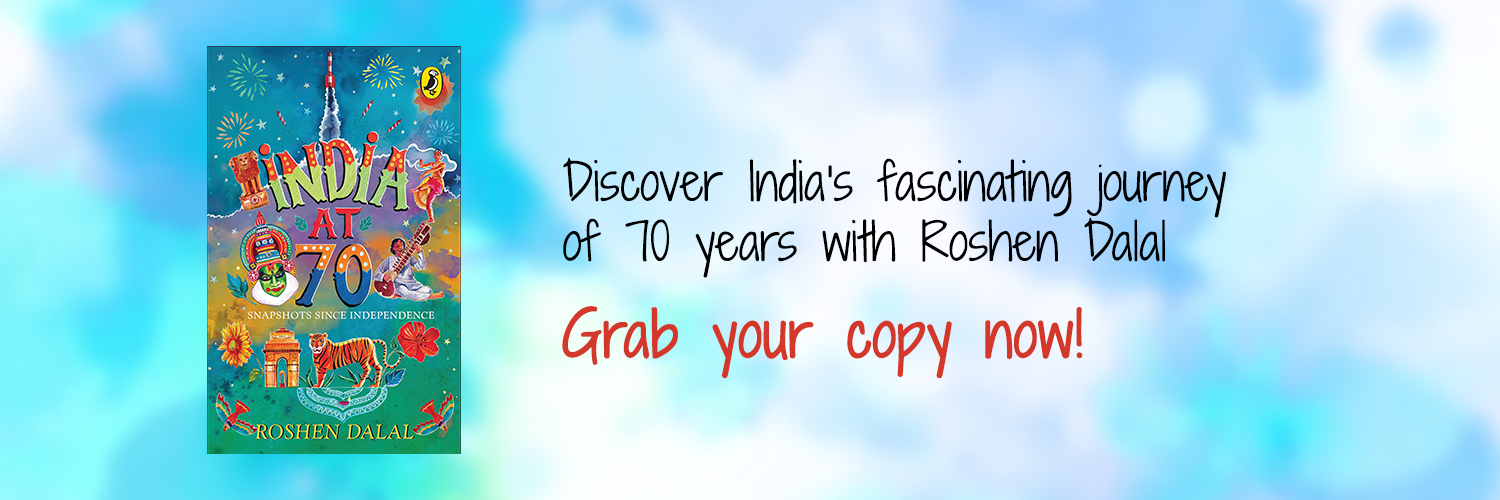
Let Chhota Bheem Turn Your Child into a Reader
Is your little bundle of joy going to start school soon? Have you been looking for books that will ease them into this new phase of life? The Chhota Bheem series by DK Books, is where your search ends. The series is a set of four books, ideal for kids between 4-6 years. It aims to enrich your kid’s general knowledge and also inculcate a fondness for reading.
Here are 5 ways in which your child can enjoy the series:
Easy-To-Read Text
The book series aims to educate and entertain your little one through illustrations and easy-to-read-text. Combining familiarity of the much loved characters with educational content adds to your tot’s understanding.

Increase General Awareness
The series covers topics such as types of transport, animals, seasons, and the concept of party. Like the TV series, the books will make your little one aware of things which they see around them every day. The storytelling format in the books will let them have as much fun as they have while watching an episode.

Engage in Fun Activities
Learning becomes easier when you’re having fun! The books also contain activities like crafting a paper boat or making lemonade which incorporate fun learning for your child, thereby increasing their attention span and enabling them to fare better at school.

Improve Cognitive Skills
Apart from helping children develop the habit of reading, the books focus on improving their thinking and analytical skills, achieving this through word search, spot the difference, solve the maze, etc. The analytical skills come into play when your kid is learning subjects like mathematics and science.

Respect for the Environment
In the light of the on-going climate change, the series aims to make the children aware of their surroundings. The books cover topics such as climate change and endangerment of animals. These topics will help you instill in your child, respect for the environment and its gifts.

Are you ready to see your kid set off on an exciting journey of learning? Tell us what they think of the books.

5 Lesser-Known Books by Ruskin Bond that You Must Read
Ruskin Bond has written a string of unforgettable tales – stories about nature and animals, and the bond formed between humans and the wild. As we celebrate Ruskin Bond’s 83rd birthday, here are some of his lesser-known great writings.
Vagrants in the Valley
This book catches up with our favourite Rusty as he plunges not just into the cold pools of Dehra but into an exciting new life, dipping his toes into adulthood. At once, thrilling and nostalgic, this heart-warming sequel is Rusty at his best as he navigates the tightrope between dreams and reality, all the time maintaining a glorious sense of hope.

The Day Grandfather Tickled a Tiger
Grandfather had brought home Timothy, the little tiger cub, from the forests of the Shivaliks. Timothy grew up to be a friendly tiger, with a monkey and a mongrel for company. But some strange circumstances lead grandfather to take Timothy away to a zoo. Will they ever meet again? This a heart-warming story of love and friendship!
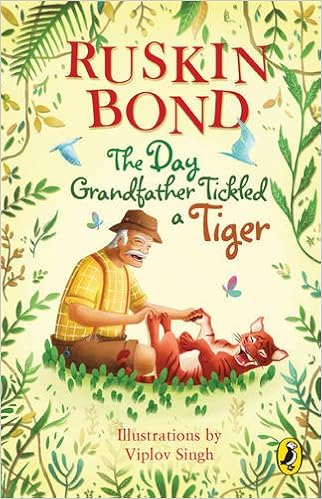
Rusty Runs Away
Rusty’s world is turned topsy-turvy when his father and grandmother pass away in quick succession. The twelve-year-old is sent away to boarding school by his guardian, Mr Harrison. Restlessness, coupled with an ambition to travel the world, compels him to run away from his rather humdrum life at school. But the plan fails, and he is soon back in Dehra, with his strict guardian. Rusty is now seventeen. He rebels and leaves home again, this time for good.
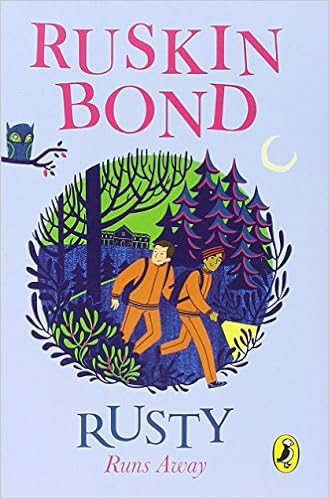
The Tree Lover
His mesmerizing descriptions of nature and his wonderful way with words—this is Ruskin Bond at his finest. Read on as Rusty tells the story of his grandfather’s relationship with the trees around him, who’s convinced that they love him back with as much tenderness as he loves them.

Dust on the Mountain
When twelve-year-old Bisnu decides to go to Mussoorie to earn for his family, he has no idea how dangerous and lonely life in a town can be for a boy on his own. As he sets out to work on the limestone quarries, with the choking dust enveloping the beautiful mountain air, he finds that he longs for his little village in the Himalayas.

Which is your favourite Ruskin Bond story? Tell us as we celebrate the bond of stories with Mr Bond!
A Trip Down Memory Lane: 6 Classics to Relive Your Childhood
Some of our most unforgettable books were the ones we read in our childhood. Perhaps it was our unfettered imaginations, or the ease with which we learned things, or perhaps that pure, creative mind that absorbed all stories and made those books memorable throughout our lives.
And now, more than ever, in our chaotic lives, is a good time to return to our glorious reading memories
Here are six classics that will take you on a trip down memory lane!
The Wizard of Oz
When a terrifying tornado crashes through Kansas, Dorothy, a little girl from a neighbourhood, is whisked away with her dog to the magical land of Oz. She thinks she’s lost forever and that’s when she embarks on an enchanting adventure.

Malgudi Days
The fun that Swami and his friends have in the sleepy little town of Malgudi made Malgudi not just a place but an emotion. It meant hopping on a joyride and getting off at the Malgudi Railway Station, to enjoy a fascinating world.

Sherlock Holmes
How can we forget our beloved detective who possesses unique powers of deduction and sets about inspecting complex cases, wearing his famous hat and smoking his pipe? We can’t help but tag along, as Sherlock Holmes conducts thrilling investigations, be it the foggy streets of Victorian London or the beautiful English countryside.

The Jungle Book
A heart-warming story of a friendship between a boy man and the jungle, The Jungle Book tells a story of a ‘man-cub’ being saved from the jaws of an evil tiger and adopted by a pack of wolves. As Mowgli grows, our excitement grows with him and his escapades in the Seeonee jungle.

Around the World in Eighty Days
The candidate: A daring traveller. The challenge: To travel across the world in just eighty days!
As the race against the clock begins, we are taken on a thrilling trip through exotic lands and dangerous places. Sometimes aboard a train, sometimes riding an elephant, it’s an exciting hustle to win the bet.

Heidi
A charming story of the love for a place and for one’s grandparents, in this classic we are mesmerised by the joys experienced by Heidi, living in the Alps with her grandfather. When her strict aunt sends her away to the city, Heidi yearns to return to the happiness of life with her grandfather.

Is there a memory of a book you would like to share? Do you have a beloved classic that you would want to talk about? Tell us – we would LOVE to know!







